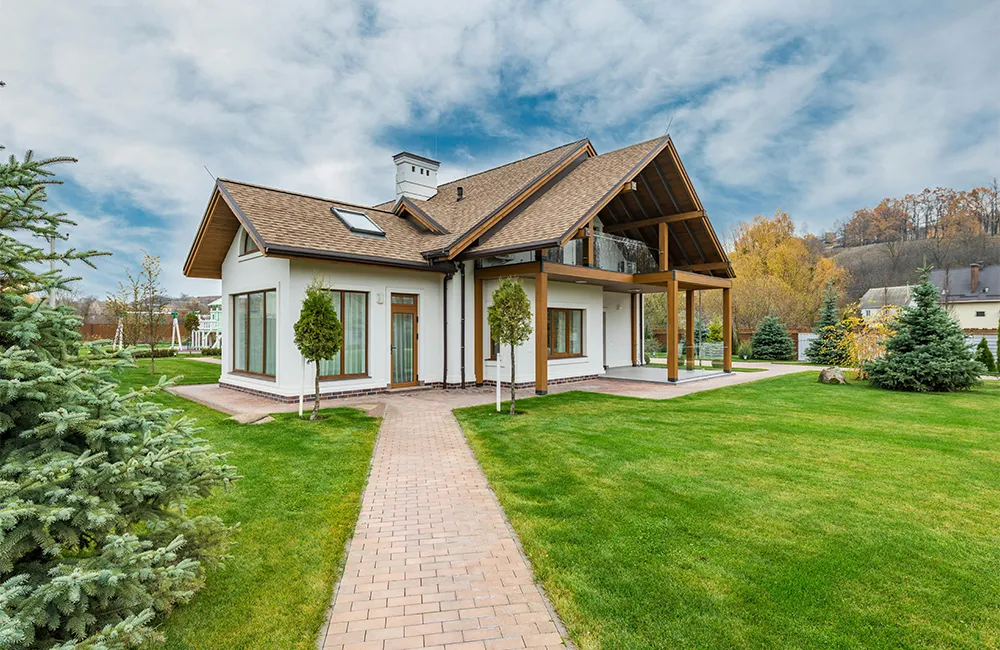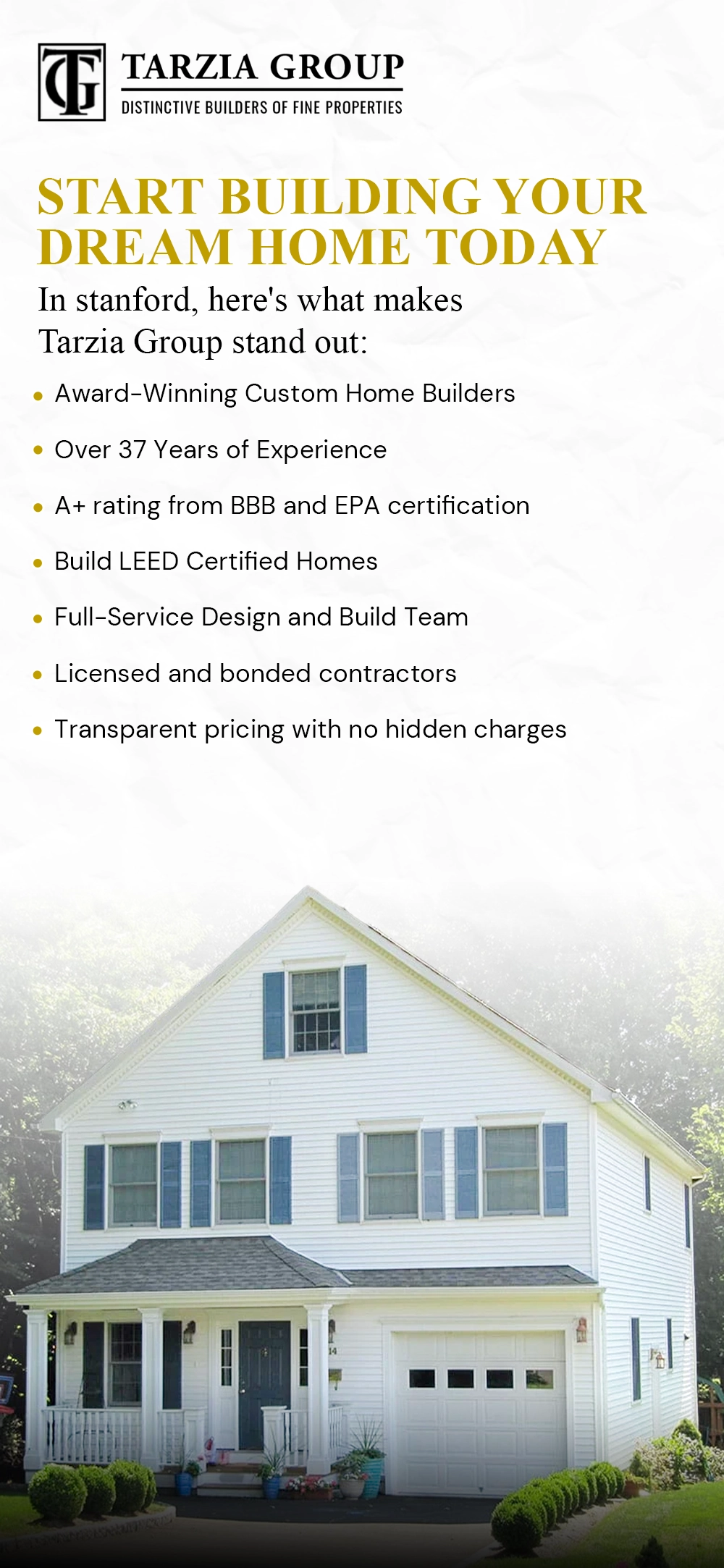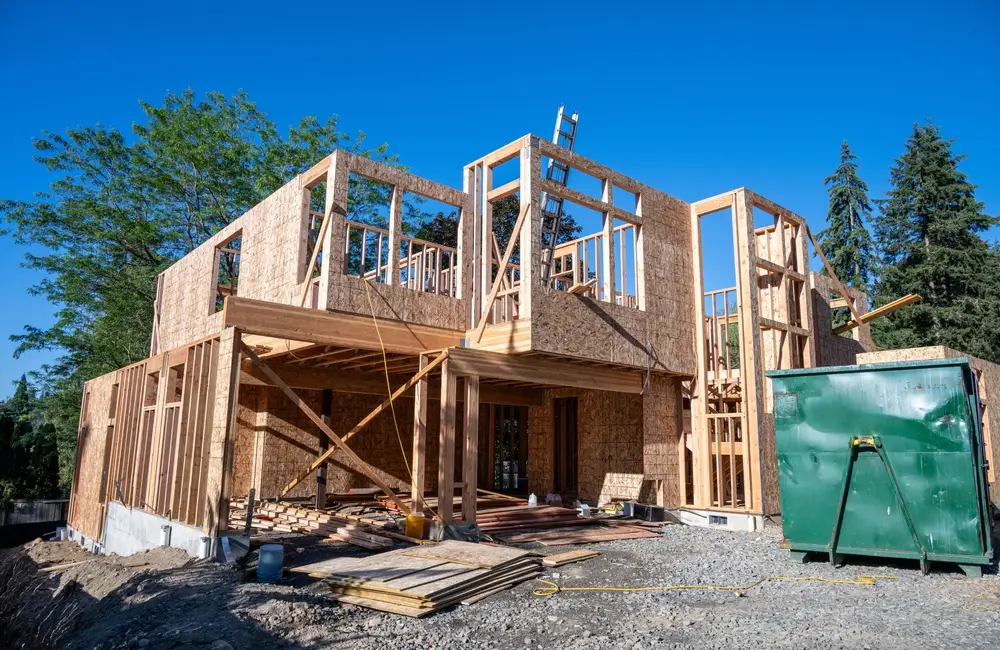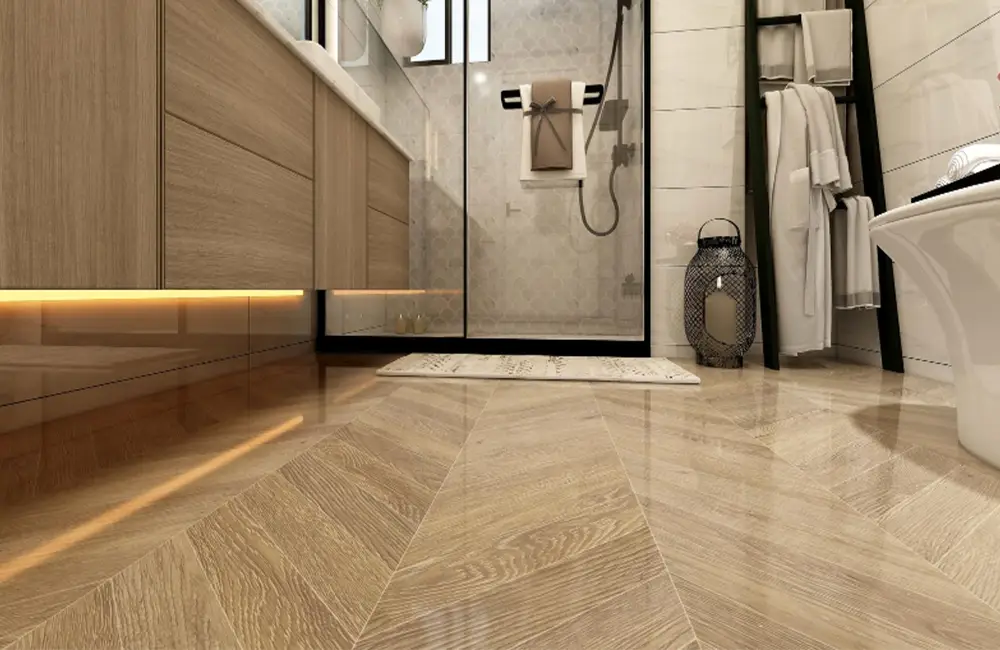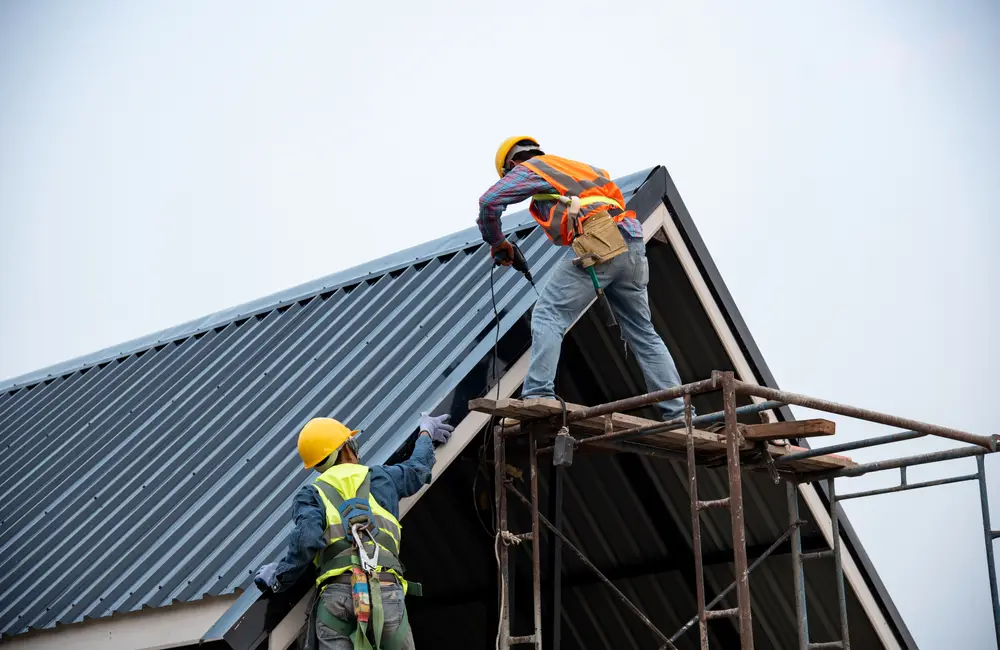Key Points
- Discover when to construct a house to make it convenient and effective to build.
- Find out how the weather influences budgets, time frames, and overall progress.
- Compare costs and times of the year so that you can plan your project better.
Introduction
Construction of a house is a great experience, and you need to decide when the best season to build a house is. The time of year in which you begin construction determines the duration it will take, the cost, and the ease of the activity.
The wrong time can be a nightmare of delays, increased bills, and additional issues. When you know about the season conditions, such as rain, temperature, and weather trends, then you can plan better.
This can save you time because of construction delays due to weather, and can finish quicker, cheaper, and with fewer stresses and hassles with your home.
Why Timing Matters in Home Construction?
The season you choose influences all areas of building a house, from laying the foundation to the final finishes. The weather in the region where a home is located is influential in devising a work schedule. The heavy rain, snow, or hot weather can slow the development and make certain tasks impossible.
Starting at the wrong time may increase the cost and extend the building schedule. The choice of the appropriate season helps to remain within the time frame, minimise additional costs, and improve the construction process.
Home Construction Seasonal Breakdown
The season of the year you choose to build a house can alter the whole procedure. The time of year affects the weather, cost, and the speed of work. By knowing how each season goes, you can better plan and prevent problems.
Spring: A Strong Start
Builders have the best opportunity to build during the spring. When it rains, the ground becomes easy, and it does not take much time for the workers to dig and fill in the foundations.
Mild weather ensures a comfortable crew and fast movement of projects. During springtime, contractors are likely to get even more leisure time than in summer, and therefore, it is much easier to schedule.
Short delays may occur due to rain, though most work takes a constant pace. This practice should begin in the spring so that the rest of the year starts calmly.
Summer: Rapid Construction
Summer shifts construction fast. Long days enable the crews to work longer hours, and dry weather keeps projects on schedule. During summer, workers complete their framing projects, roofing, and any other outdoor tasks more quickly than in other seasons.
Workers can work at a slower pace due to heat waves, but can still work on most tasks. However, the demand for contractors remains high, and the increase in their rates increases labor costs, even in construction, in which material costs remain fixed. Summer accelerates the project, but on the other hand, it is more costly.
Fall: Balanced Construction Season
The Fall provides a moderate building season. Air keeps workers cool, and the crews remain efficient because the heat does not exhaust them. The frequency of rain is greater than in summer, but it has minor delays.
During framing and roofing, builders have an opportunity to complete exterior work before the ground freezes during winter. Fall also allows the projects to move within the changing seasons indoors.
Most of the work is done at a sustainable rate, although landscapers might be required to cover the plants against frost. Fall tends to provide a powerful balance of price, time, and comfort.
Winter: Slower Progress
Construction is the slowest in winter. It is extremely difficult to work outside in cold air and snow and on frozen ground. When soil remains frozen, the workers find it hard to excavate foundations or pour foundations.
The team prefers indoor work, such as plumbing, wiring, and design, rather than working outdoors. Work and material expenses tend to decrease in winter because a smaller number of individuals construct during this period.
Lower prices still make projects slow since the weather reduces progress. Winter is the season to plan and to work inside the house, but not to do all the construction outside.
Effect of Weather Conditions for Home Construction
Weather may interfere with the way a builder constructs a house. Rain is moist and slows down construction. Snow and ice cover the ground and hinder outside activities like roofing and framing.
High temperatures exert stress on workers and increasingly make certain manufacturing materials difficult to handle. Research indicates that 25.7 percent of extended timelines to construct a home have resulted from weather-related delays.
Construction companies combat such time waste brilliantly. Builders wrap around open spaces to shield work against rain or snow. They warm things with heat to always have equipment available in cold climatic conditions.
They also maintain relaxed schedules so that crews can adapt tasks in case of weather changes. These are techniques that keep projects on schedule and minimize the effects of adverse weather conditions. Also, explore the custom home building process.
Understanding the Building a House Timeline by Season
Your choice of season determines the time your house will take to construct. The working conditions that accelerate or decelerate the process are different in each season.
- In spring, the weather is mild, the ground is soft, and projects proceed at a brisk and steady pace.
- Summer has extended calendar days and no delays, which shortens timelines.
- Fall maintains a balance in work, and during the rain, it can even extend the time.
- Winter makes the slowest progress since snow and frozen ground stop outside work. Picking the right season helps you plan a smoother building schedule.
Cost of Building a House by Season
The price of constructing a house varies according to the season. During the year, labor, materials, and contractor demand become highly elevated and lower. In the spring, prices remain average as the demand is distributed evenly.
Summer pushes costs higher since many people start projects, and contractor demand peaks. Material costs often remain steady, but labor becomes expensive. Fall brings costs back to a balanced level as demand slows.
Winter lowers both labor and material costs because fewer people build, but slower progress cancels out many savings. Here’s a quick look at how costs shift by season:
| Season | Labor Cost | Material | Overall Impact |
| Spring | Moderate | Moderate | Balanced |
| Summer | High | Moderate | Slightly expensive |
| Fall | Moderate | Moderate | Balanced |
| Winter | Low | Low | Saving offset by delays |
Conclusion
The best seasons to build a house are usually spring and fall, depending on the location. Weather, labour, and cost vary seasonally. With proper planning, you save time, money, and improve quality. Selecting the appropriate season will assist you in a smoother, quicker, and economical home-constructing process.
Tarzia Group is a company that has been building custom homes in Connecticut since 1988. Our team assists you in selecting the most appropriate season in which to construct, maintaining expenses within reach, and avoiding delays.
Our local experience allows us to create powerful energy-saving homes. We simplify the construction process by proper planning and excellent workmanship, and make your dream house come true.
Frequently Asked Questions
What is the best season to construct a personalized home?
During the spring and summer is the ideal time of the year to erect a new house. Long days and reduced weather problems make the construction process prompt and easier to complete.
Is it cheaper to build in the fall?
Yes, fall construction often saves money. Lower demand for labor and materials reduces costs, while cooler weather supports steady progress without major delays.
Is it good to build in winter?
Low productivity is the greatest drawback of building in winter. The freezing weather makes workers slow down, and snow and ice make outside work more difficult and which needs more time.
What is the duration to construct a custom house?
An average custom home takes 9 to 18 months to build. This requires a longer time as the design and details are completely customised.

